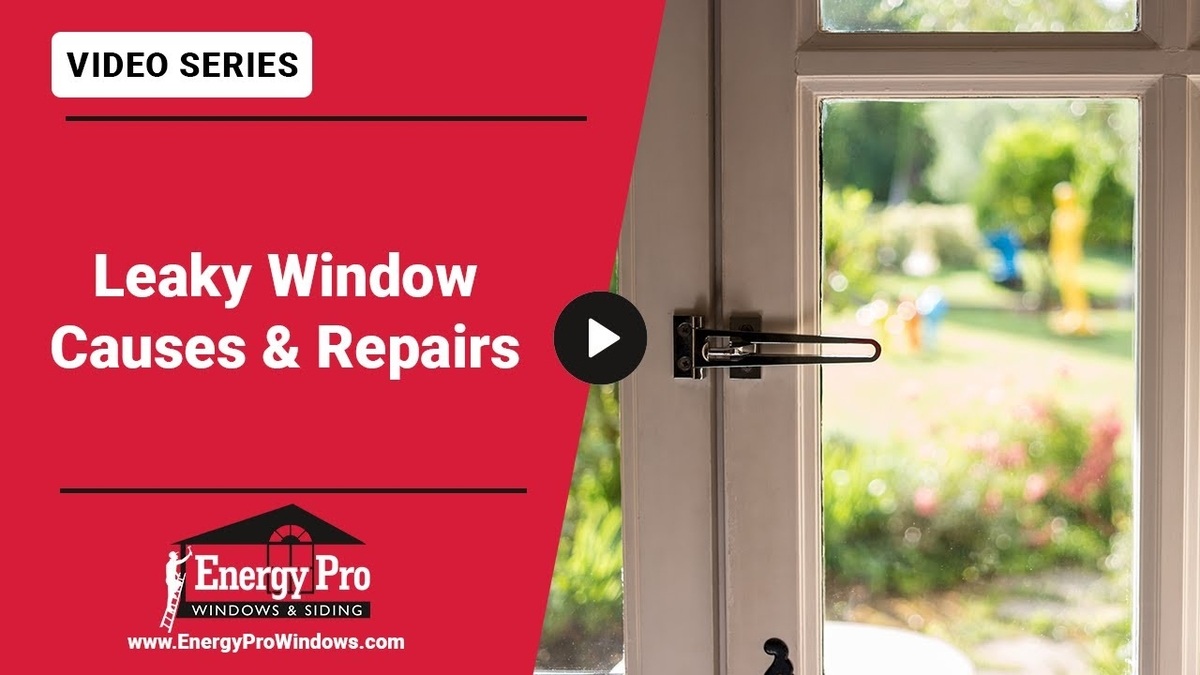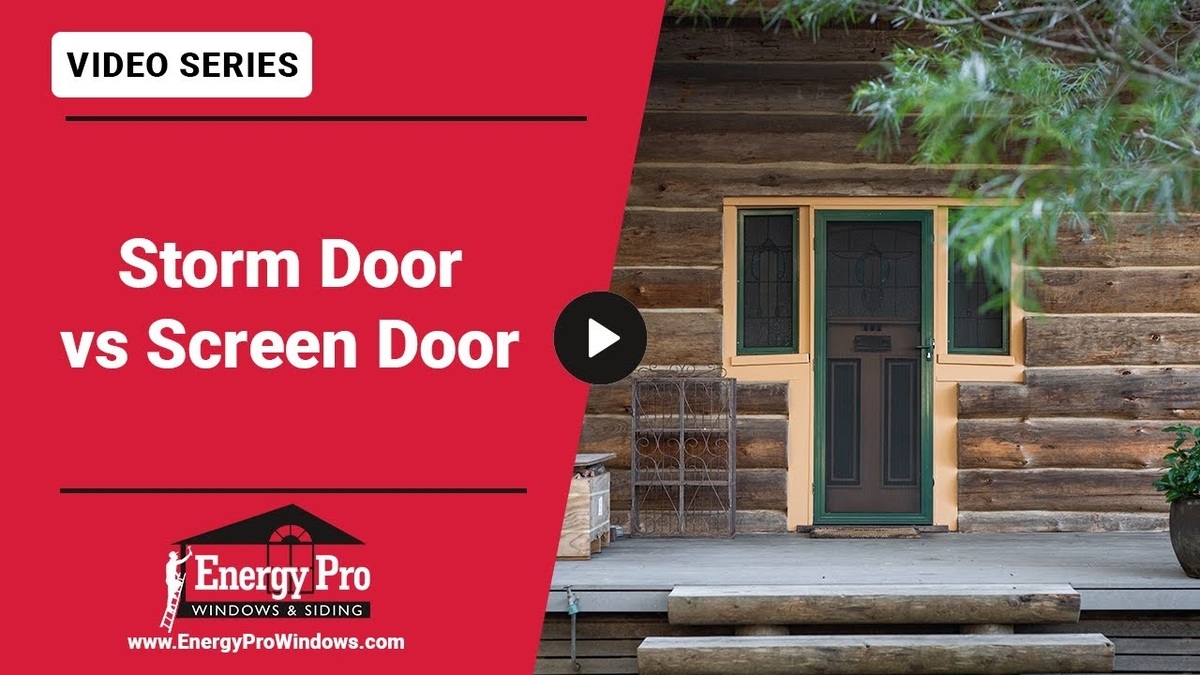How do you protect your home against siding damage from woodpeckers? Although this is a fairly common problem in the Kansas City area, there are materials to use for siding that may minimize the effects of this damage.
Read on to learn more about these types of materials and how they provide maximum protection for siding.
Which Siding Materials Are Most Likely to Have Woodpecker Damage?
The types of siding most likely to have woodpecker damage are natural wood materials. Wood composite siding is also a material that may attract woodpeckers. These materials come the closest to replicating real trees, making them ideal for the birds to create nesting sites.
Woodpecker damage is particularly common in many older homes. Cedar shingle siding, in particular, tends to attract woodpeckers, leading to damage. Redwood or cedar lap siding, which are common in the area, may also attract woodpeckers.
Damage from woodpeckers is more common during the spring and summer months when the birds are nesting. Some homeowners may not notice much activity from woodpeckers around their property.
What Are the Best Materials to Use?
Have you decided that you need home materials that prevent siding damage from woodpeckers? The good news is that there are several siding materials that are essentially woodpecker-proof. Homeowners will never have to choose between getting the siding that they want and having to put up with woodpecker damage.
Vinyl, PVC, and cement-backed James Hardie siding are all excellent choices for siding that woodpeckers are unlikely to damage. All of these materials have a diverse range of styles that can suit every homeowner’s needs. These types of siding provide the cosmetic benefits of wood siding, without damage from woodpeckers.
Vinyl is one of the most economical alternatives to wood for siding. Besides being more economical, it is also more durable and virtually maintenance-free. Your chances of having to replace vinyl siding very much are low.
PVC looks very similar to wood as well and is also a more economical option. This material lasts for a long time like vinyl and also requires very little care. PVC can also be expected to last a long time before you need to replace it.
James Hardie siding has the highest price, but many consider the quality the best in the industry. The fiber cement material has a wood-like appearance but is more durable than vinyl. Any problems that you may have encountered with the previous siding are less of an issue when using a quality brand like James Hardie.
Are There Ways Besides Choosing Certain Siding Materials to Prevent Woodpecker Damage?
One of the best ways to prevent damage from woodpeckers or other animals is to keep your home well-maintained. Homes that are kept painted, stained, or treated with oil-based waterproofing products are less likely to attract woodpeckers. These birds will go out of their way to avoid the chemicals used in these types of products.
If any areas of your exterior have wood rot issues, having these areas repaired will also minimize the possible damage from woodpeckers. Water-damaged or rotted wood is more likely to be weak, making damage from pests more likely. Having such areas repaired using woodpecker-proof materials helps ensure that your siding stays in great shape.
International Building Code requirements that apply to the construction, including siding, call for an extra layer of material besides the structural layer. With siding installation following these standards, homeowners have additional protection. Woodpeckers are less likely to penetrate the extra protective layer, especially if the non-structural outer layer is a non-wood material.
Energy Pro Windows & Siding offers the services that you need for top-quality siding. Contact us today to learn more about answers to the question of what material offers the best protection against siding damage from woodpeckers?



